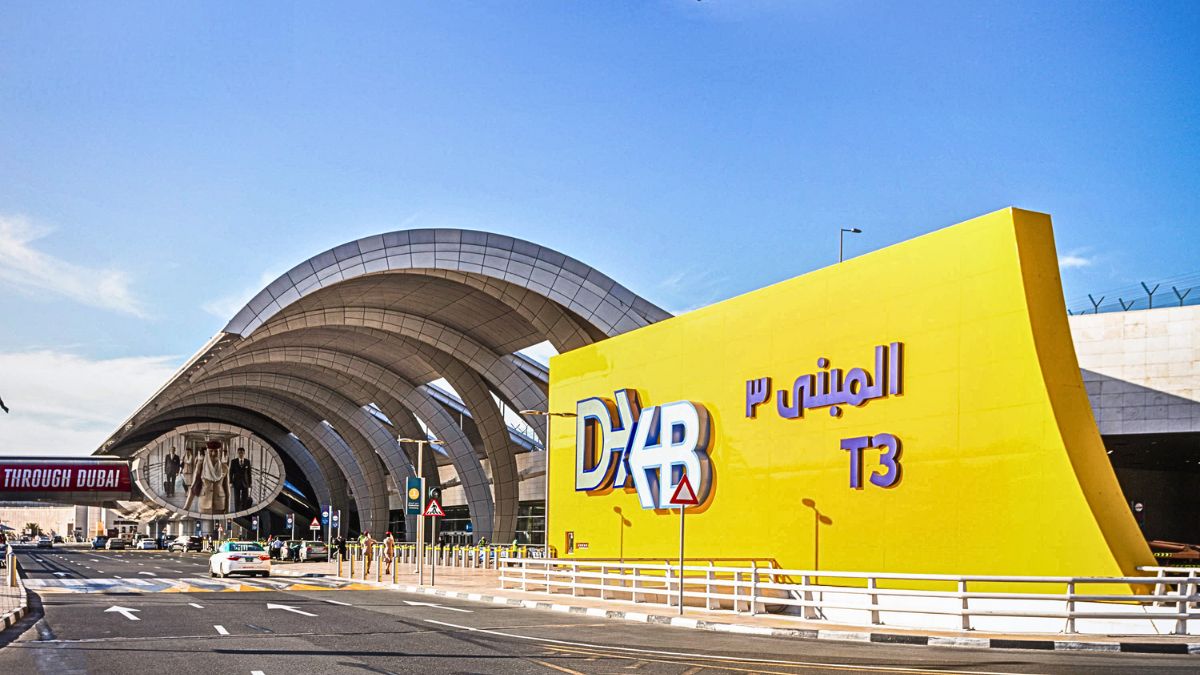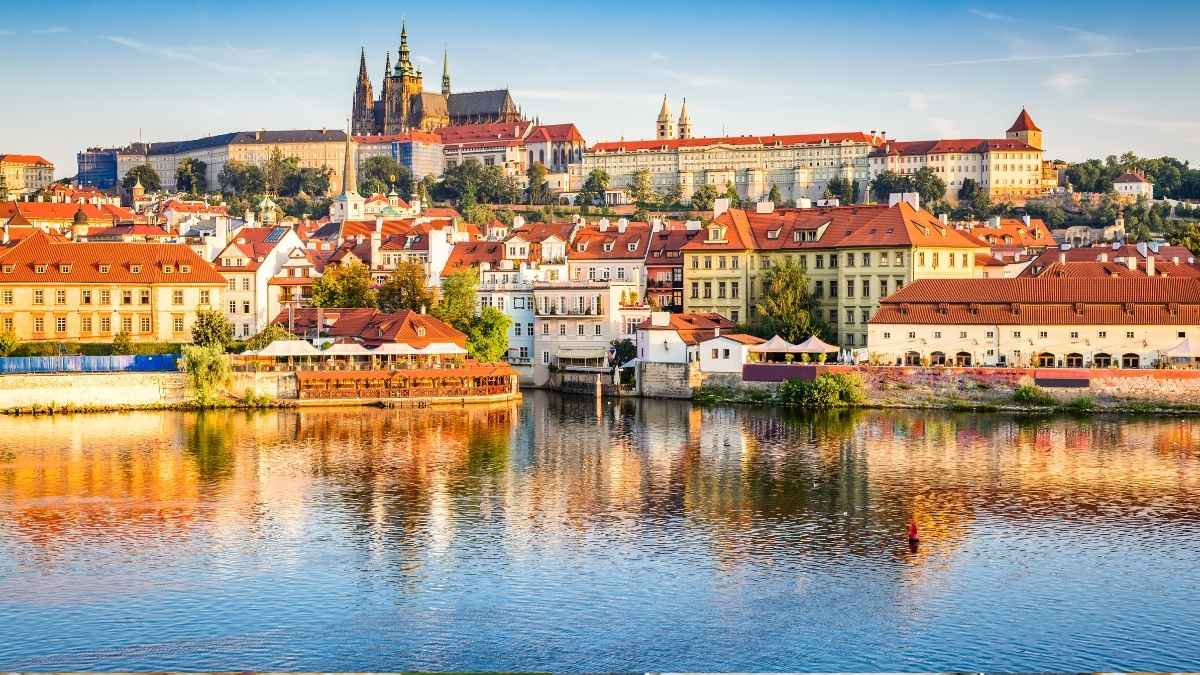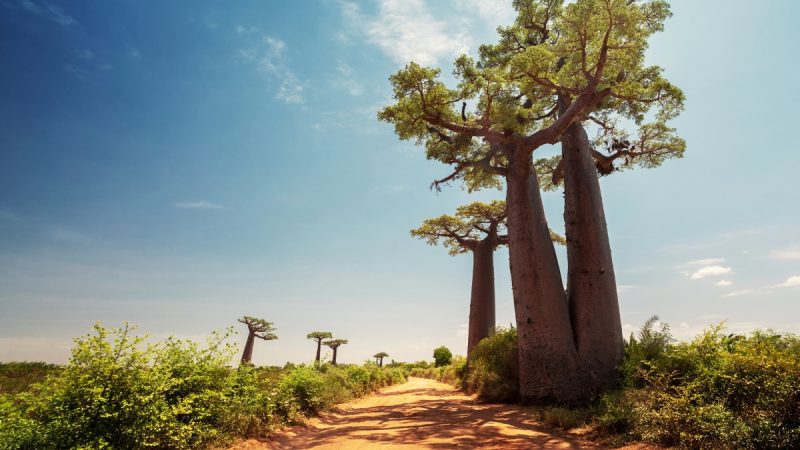In the heart of Madagascar’s verdant landscapes, where the ancient baobab trees stand as timeless witnesses to the ebb and flow of life, a new ally has emerged in the fight for conservation: artificial intelligence. AI stands poised to revolutionise the way we understand, protect, and nurture our natural world. But how does this seemingly futuristic technology intertwine with the age-old struggle to save the baobabs from extinction? Explore the role of AI in the quest to safeguard the treasures of Madagascar’s forests.
Partnering With Communities To Restore Madagascar’s Baobab Forests

The baobab trees of Madagascar, with their majestic presence and ecological importance, are facing a crisis. Slash-and-burn agriculture is rapidly erasing the forests where these iconic trees thrive, destroying 4,000 hectares of baobab habitat every year. This destruction threatens the landscape and endangers the livelihoods of local communities and the region’s unique biodiversity.
Seheno Andriantsaralaza, a tropical ecologist, has been at the forefront of efforts to understand and conserve Madagascar’s baobab forests since 2009. According to The Conversation, she aims to address the multifaceted challenges facing these trees through her research and initiatives.
Baobab trees hold immense significance for Madagascar, both ecologically and culturally. However, the relentless march of deforestation, driven by poverty-driven agricultural practices and exacerbated by climate change, is pushing these trees to the brink.
One critical aspect of the baobab’s decline is the loss of large-bodied animals that once played a crucial role in dispersing their seeds. With these animals gone, natural seed dispersal has significantly diminished. In response to these challenges, Andriantsaralaza’s research focuses on practical conservation actions that engage local communities.
Also Read: Ghana Battles 70% Surge in Deforestation; 18,000 Hectares Lost In 2022 Alone!
Empowering Women With AI In Baobab Conservation

One innovative approach involves partnering with local communities to sustainably harvest baobab fruit while ensuring enough seeds are left behind for regeneration. As per The Conversation reports, research efforts have identified animal species like giant tortoises and small rodents that can still aid in seed dispersal.
The project has established nurseries where thousands of baobab seedlings are grown and transplanted back into the wild to address the decline in baobab populations. Through meticulous monitoring and the use of cutting-edge technologies like satellite imagery and artificial intelligence provided by EOS Data Analytics, the project tracks the success of reforestation efforts and adapts strategies accordingly.
By empowering local women and involving them in decision-making processes, Andriantsaralaza aims to not only save the baobab forests but also promote gender equity and community resilience. Through collaborative research, community engagement, and innovative conservation strategies, efforts like the ARO Baobab Project offer hope for the future of Madagascar’s iconic baobab trees.
Cover Image Courtesy: Canva
For more such snackable content, interesting discoveries and the latest updates on food, travel and experiences in your city, download the Curly Tales App. Download HERE. First Published: May 20, 2024 12:29 PM




